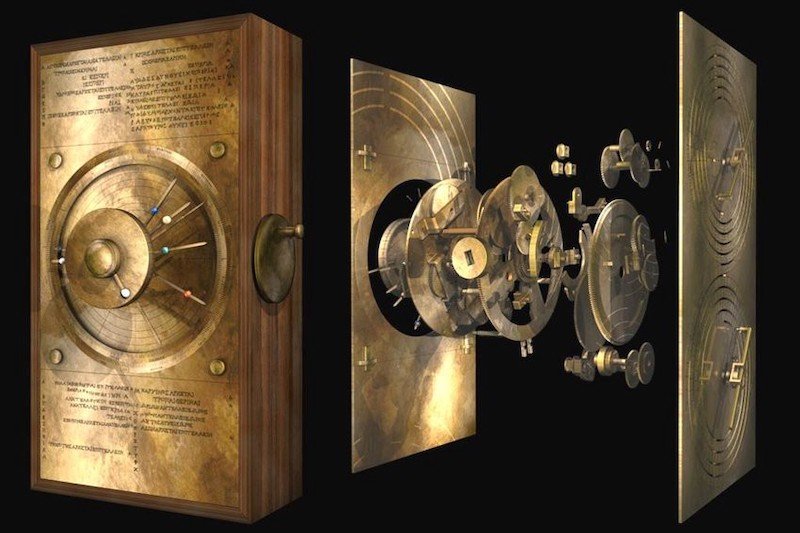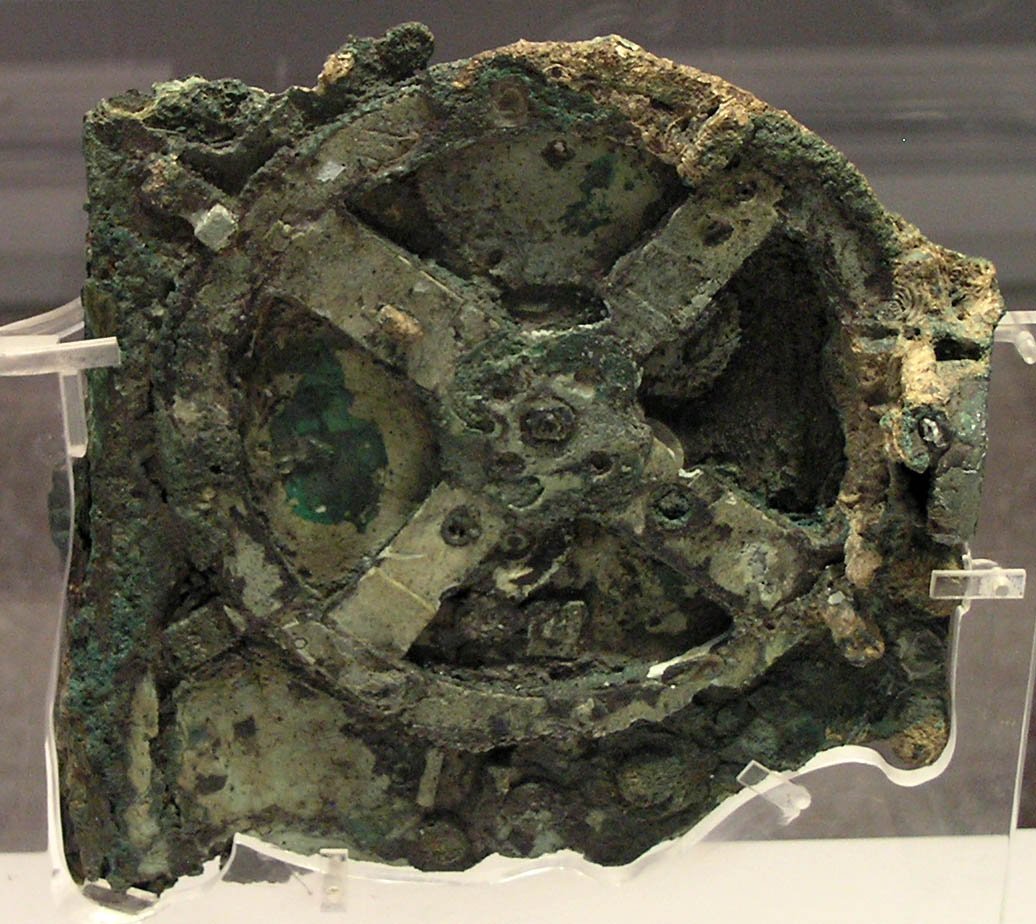On a dark and stormy night, passengers aboard a huge ship probably didn’t realize they were in danger until their ship crashed into the cliffs of Antikythera in Greece. The ship sank and its remains were buried deep in the Mediterranean Sea. It would be more than 2,000 years before fishermen collecting sponges discovered the wreckage by chance in 1900. As divers examined this ancient Roman shipwreck, they found hundreds of works of art, jewelry and life-size marble and bronze statues. But they also discovered something they couldn’t explain. A wooden box the size of a shoebox had emerged from the wreck. This clock-like device, unlike anything known in the ancient world, became known as the Antikythera Mechanism. Today, it remains one of the most intriguing objects in the history of technology.
- The Mozart Effect: Does Listening to Classical Music Make You Smarter?
- For the First Time, COVID-19 Spreads Like Wildfire in a Remote Pacific Country
Early researchers suspected that the Antikythera Mechanism was a kind of mechanical sky map. It could have been a machine that tried to predict the position of celestial bodies, the phases of the moon and the timing of eclipses. The date of construction of the mechanism was estimated to be around 200 BC. In 2000, an international research group led by astronomer Mike Edmunds examined the ancient mechanism. They concluded that it was the first mechanical computer. In 2002, a working replica showed that it could display the movement and position of not only the Moon and the Sun, but also the planets.

In the nearly 120 years since its discovery, the Antikythera Mechanism has continually amazed researchers. Over the past decade, 3D scanning technology has helped reveal the inner workings of the device, including a series of interlocking gears, and the intricate inscriptions on the mechanism. This was followed by the translation of a significant portion of the text found on the device.
What does the Antikythera Device do?
The researchers speculate that the machine was once housed in a vertical rectangular case with calendar dials and inscriptions on both the front and back. A manual crank on one side of the machine turned gears that moved the dials. So anyone using it could determine the exact position of the sun and moon on a given day. The largest of the gears represents the movement of the sun. One revolution of the wheel corresponded to one solar year. The other wheel connected to the first wheel represented the movement of the moon. The mechanism also shows when lunar and solar eclipses will occur.

However, there are still many questions about the subject. For example, what is this mechanism doing on the sinking ship? It is also thought to be one-third of a larger mechanism. So where are the other two thirds? Have they rusted away or are they waiting to be found somewhere? Of course, we don’t know the answers to questions like these yet.
Who Made the Mechanism?
Who could have built the mechanism is another topic of debate. According to many people, Archimedes must have been the first person to build such a complex mechanism. Archimedes lived in Syracuse in Sicily around 300 BC. He is also considered the greatest engineer of his time. The fiction fits, given that the Antikythera was recovered from a sunken Roman ship. Archimedes was killed by the Romans during the Siege of Syracuse when the weapons he invented failed to prevent them from capturing the city.
One of the things that suggests that Antikythera was an invention of Archimedes is the notes written afterwards. 150 years after the siege, the Roman Cicero described one of Archimedes’ devices. In his description, he mentions a mechanism that could calculate the motion of the planets and date future eclipses. It remains a mystery whether the ancient Greeks used similar techniques to build other devices that have yet to be discovered, or whether there are copies of the Antikythera mechanism.
If you want to see this device today, you can visit the National Archaeological Museum in Athens. You can examine the mechanism with the help of a working replica. Another copy of the mechanism is housed in the American Computer Museum in Montana, USA.

